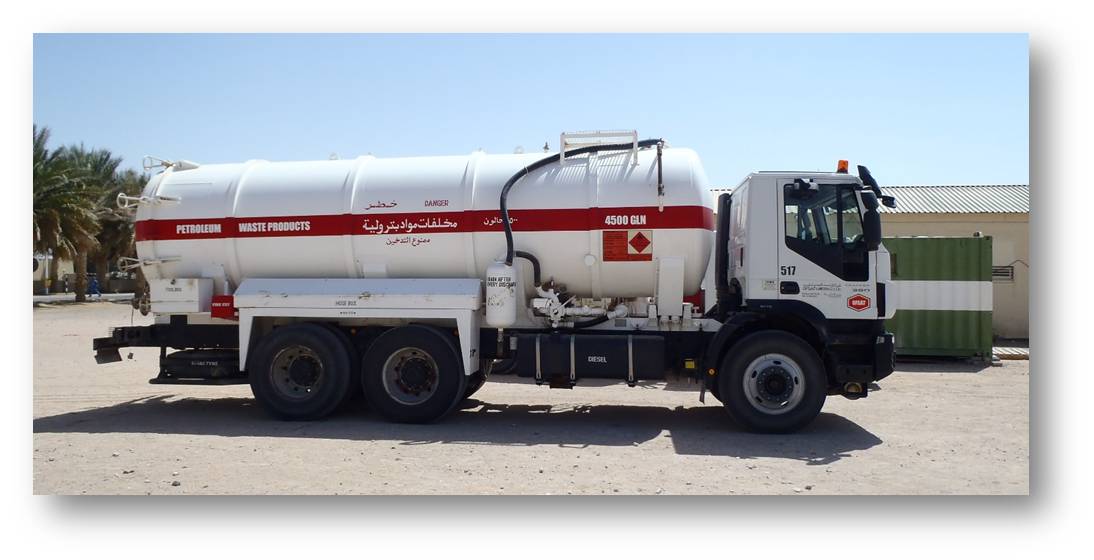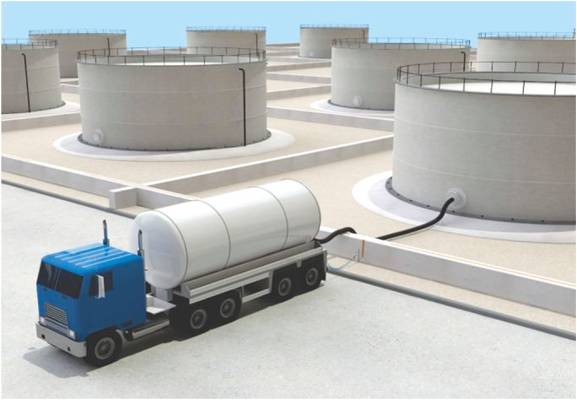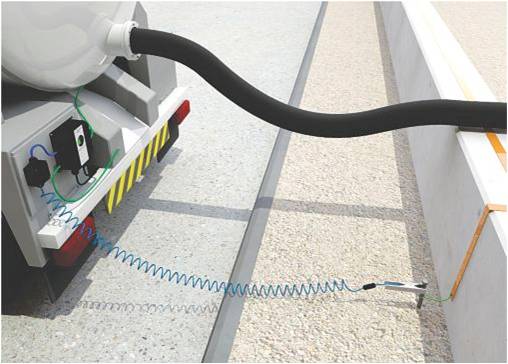RA-44 – Vacuum Truck Operation Operation Risk Assessment

During vacuum truck operations, workers are at risk of being exposed to toxic gases. The potential for releasing toxic gases is constantly present where vacuum trucks are sucking up liquid waste.
The water from oil and gas wells might contain highly toxic gasses such as hydrogen sulfide gas (H2S). Low-levels of exposure to H2S can result in eye irritation, sore throat, nausea, and vomiting. High levels of exposure can cause workers to pass out. Very high levels of the gas can kill a worker in seconds.
However H2S is the only one of the kinds of hazardous gases that can result from vacuum truck operations. Any mixing of liquid waste with other waste products can result in unpredictable chemical reactions. For example, the hydrochloric acid used at oil and gas sites may react with the waste products already in the tank to create hydrochloric acid fumes.
- Toxic gas inhalation
- Chemical Reaction between different waste types
- Overflow
- H2S
- Biological Hazards
- Sewer gases
- Unknown chemicals dumped illegally into the sewage pits
- Open manholes
- Static electricity
- Creation of spark in flammable atmosphere
- Flammable atmosphere
- Personnel Injury by inhalation of toxic gases
- Spill
- Explosion of tank
- Ill-health
- Sewer Explosion
- Chemical burns
- Falls from height
- Fall into confined spaces
- Explosion at Wellsite
- Vehicle Engine explosion
- Full PPE, including chemical gloves
- SOP to describe the steps of operation
- Enforce Zone Management to prevent combustion due to spark from vehicle exhaust and engine explosion due to overrun by explosive gasses replacing oxygen
- Grounding for the tank
- Training workers on the hazards associated with the liquids or substances to be vacuumed or transferred
- Training workers on the evacuation and rescue procedures in the event of a toxic gas leak.
- Conduct air quality monitoring at the work site is continuous at locations where vacuum trucks are discharging venting hoses.
- Be sure all equipment – including tank and vacuum trucks, and pumping equipment – is in safe working condition.
- Never transfer fluids from one truck to another unless it has been established to no chemical reaction will occur.
- Position trucks in such a way that exposure to discharged gasses and fumes are minimized.
- Ensure that discharge lines are long and large enough for safe operation.
- Position vent lines away from workers and work stations, including control panels, valve handles, gauges, shut-offs, and hose attachment points.
- Ensure the capacity of the tank meets the planned discharge suck
- Ensure Pressure relieve valves operational
- Ensure Vacuum relief valve or remote shut down is available & operational
- Close manholes after the operation
- ER procedures & ER Team
- Fast reaction to Cuts, abrasions etc. to protect from biological hazards
- Gas alarm
- Trained First Aiders, Medic
- Approved medical facility
- Emergency evacuation vehicle
- NA




